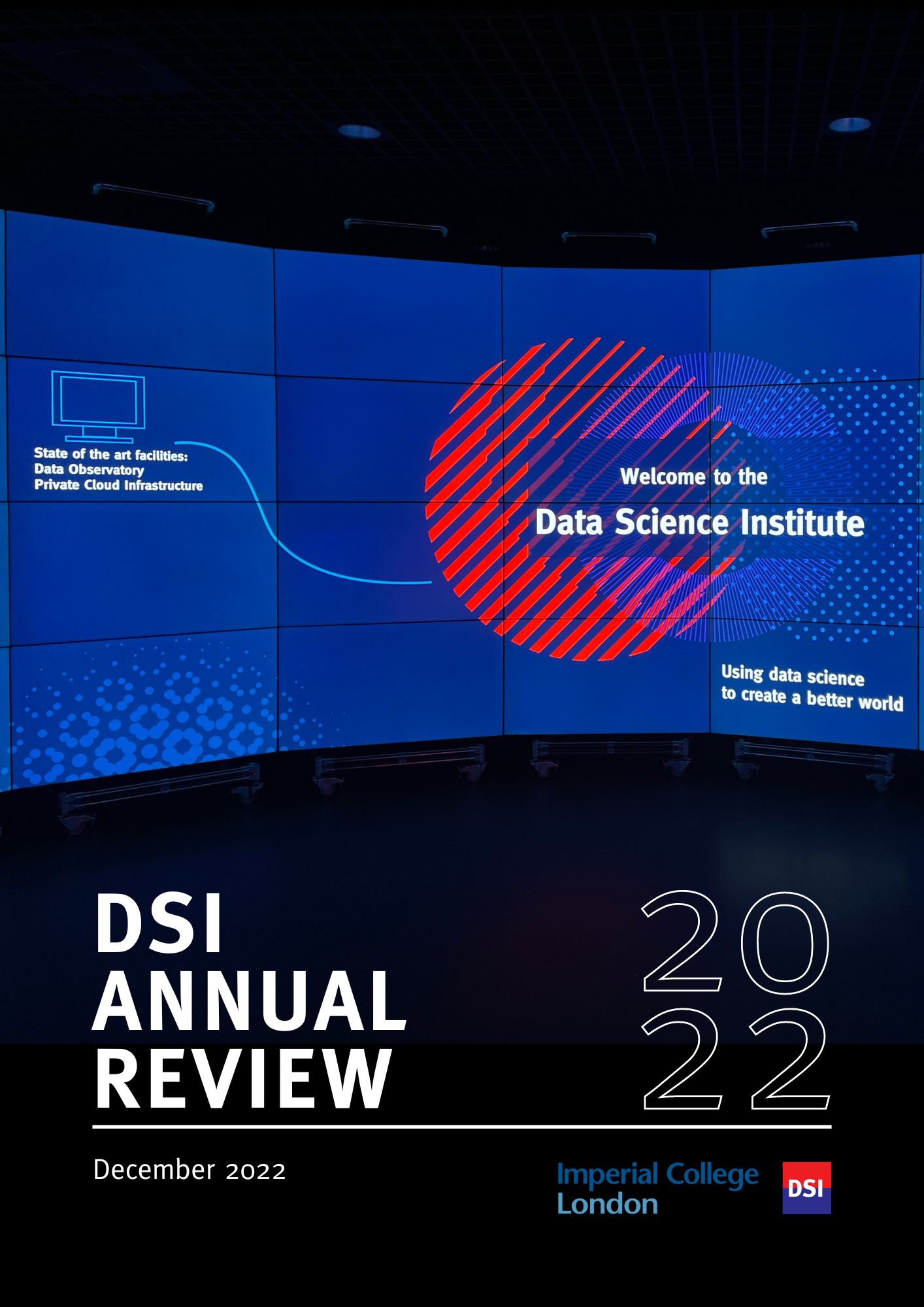BibTex format
@article{Strege:2013:04/013,
author = {Strege, C and Bertone, G and Feroz, F and Fornasa, M and Ruiz, de Austri R and Trotta, R},
doi = {04/013},
journal = {JOURNAL OF COSMOLOGY AND ASTROPARTICLE PHYSICS},
title = {Global fits of the cMSSM and NUHM including the LHC Higgs discovery and new XENON100 constraints},
url = {http://dx.doi.org/10.1088/1475-7516/2013/04/013},
volume = {2013},
year = {2013}
}

